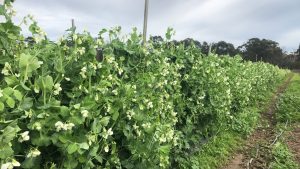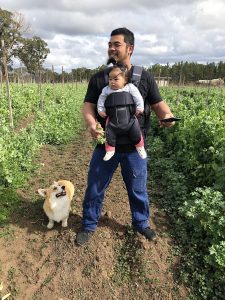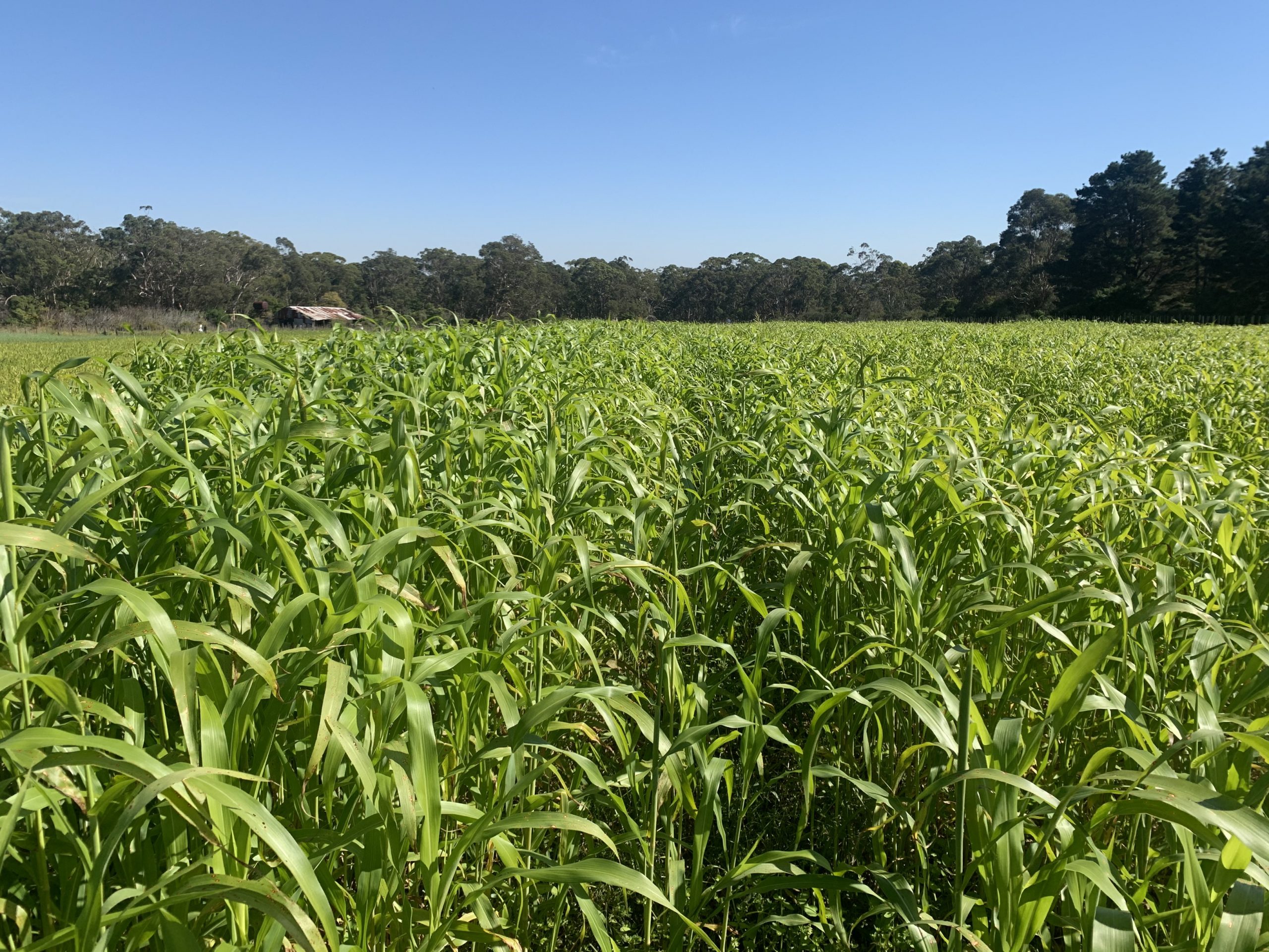Veg grower Kim Ngov in-focus
Kim Ngov grows vegetables in Wedderburn, located in Sydney’s south-east. VegNET – New South Wales Regional Development Officer Sylvia Jelinek chats to Kim about his business and its innovations as well as R&D practices that he is focused on, which includes using cover crops to build soil health, control weeds and eliminate single-use plastic mulch. Kim has been involved with the Soil Wealth ICP Phase 2 (VG16078) project, which is a strategic levy investment under the Hort Innovation Vegetable Fund.
Can you please give readers a brief overview of your business and the produce that you grow?
We grow basil in the greenhouse all year round. Outdoors, we grow snow peas and broad beans during the winter and long fruited chilli, snake beans and cherry tomatoes in the summer months.
What new innovations, research and/or practices has your business implemented recently?
In the greenhouse, we have implemented a heating system that keeps the temperature up for growing basil. It is a watering system based on time and temperature, rather than just on time scheduled. If the weather is hotter, the crop will get watered more frequently. On cooler days, the crop receives less frequent watering but has longer watering periods.
Outdoors, I’ve been moving towards no plastic mulch and focusing on cover crop residue as mulch. Basically, it is no till cover cropping or minimum till. We are currently trialling our first cover crop. We are experimenting with rye corn, millet, sorghum and Sudan grass. On some parts of the farm, we sowed the whole area; while we sowed inter-row those areas where crops were still growing.

Previously we used plastic mulch and raised beds and would cultivate annually. This leads to the soil developing a hard pan that reduced water infiltration, shallow roots and overuse of fertiliser. Cover crops help to break up the hard pan. We’ve also moved away from using raised beds and developed permanent tractor rows. Growing cover crops is like growing a cash crop that makes no money, so you want inputs – such as such as fertilisers and labour – to be minimal.

In terms of research and development, what do you think is vital to the vegetable industry right now?
We need to maximise crop yields by getting the most of what you put in, rather than growing a lot of plants that give a little return.
Agricultural waste is a huge issue. It is unsustainable to keep growing with plastic. There is so much waste every year and contributes to excess use of artificial fertilisers.
Soil improvement has become a high priority, and this includes improving soil structure and water infiltration. Continual use of plastic mulch creates a hard pan, so it must be constantly tilled between crops. Growing a crop with a large tap root like radishes helps to till the soil for you. Cover cropping will decrease the use of plastic mulch and lessen waste. It also improves weed management and soil structure.
What do you enjoy most about being involved in the vegetable industry?
I like being outdoors and setting up a farm that uses sustainable cropping techniques. I am determined to solve issues and challenges of growing something sustainably that will make money. Experimenting with different management techniques is the main aim of the farm right now. I have diversified away from cucumbers and tomatoes in the greenhouse and growing basil now. I grow basil in peat moss, which uses less fertiliser and grows faster. The restaurants love it.
What is your proudest achievement as a vegetable grower?
My greenhouse basil. By switching growing techniques, we use less effort by thinking ‘outside the box’ from our normal routine. We are making more money with less effort.

Do you have future plans for the farm – is there a particular direction you’d like to pursue? Where would you like to see the business develop across the next decade?
I want to see where using cover crops take us. If it improves the soil health, disease and weed management – and plants are healthier – it’s more sustainable. I want to put back into the soil what I took out by replenishing the soil with compost. This is a five-to-10-year project. Most growers are here for the long run, and I want to see where I can take cover cropping to fix the soil management issues that we’ve had before.
Find out more
For information about VegNET – New South Wales activities, please contact VegNET – NSW Regional Development Officer Sylvia Jelinek from Greater Sydney Local Land Services on 0427 086 724 or sylvia.jelinek@lls.nsw.gov.au.
VegNET – New South Wales is a strategic levy investment under the Hort Innovation Vegetable Fund.
This project has been funded by Hort Innovation using the vegetable research and development levy and contributions from the Australian Government.
Project Number: VG19011
Cover image: Sorghum Sudan cover crop is useful in restoring soil health through weed suppression, adding organic matter back into the soil and penetrate compacted soils. Images courtesy of Sylvia Jelinek.

